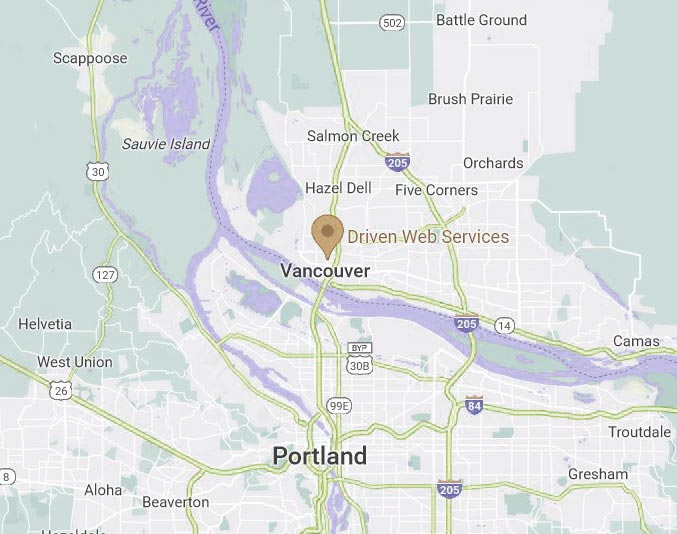 One of the main reasons why WordPress is so popular is the large range of plug-ins that can be installed on this CMS in order to transform it into the perfect WordPress website for your needs. There is virtually a plug-in for everything, and while this is generally a good thing, it can turn into a curse if you’re not careful. When you first begin to search for the right plug-in, there’s a big chance that you’ll be tempted to go off on a tangent, and before you know it, you’ve installed every plug-in that you could find, and will most probably forget to install the one you had initially looked for. In fact, and according to Elegantthemes.com,,
One of the main reasons why WordPress is so popular is the large range of plug-ins that can be installed on this CMS in order to transform it into the perfect WordPress website for your needs. There is virtually a plug-in for everything, and while this is generally a good thing, it can turn into a curse if you’re not careful. When you first begin to search for the right plug-in, there’s a big chance that you’ll be tempted to go off on a tangent, and before you know it, you’ve installed every plug-in that you could find, and will most probably forget to install the one you had initially looked for. In fact, and according to Elegantthemes.com,,
Plugins that are not being used should be deactivated and uninstalled if you do not plan on using them again.
There is good reason for this. A plug-in is a small program that adds new features and benefits to the core framework, which is WordPress. Programs need processing power and memory to run, and so the more plug-ins you have, the harder your server has to work in order to keep things going smoothly; if you have too many unnecessary plug-ins, your website can slow down, or even grind to a halt. So, if there’s one piece of advice that you need to remember, it would be the following: keep focused. Here are a few points that you should consider before choosing your WordPress plug-in:
Have a Good Idea of the Problem You’re Trying to Solve
This is important because it will ensure that you have a list of checkpoints handy before you go on your search. It will also help in preventing you from installing every plug-in you can find. By knowing exactly what you need the plug-in to accomplish, you will be able to filter out those that might be offering more than what is needed, and it will also help you to find the best plug-in amongst the top four or five that you’ve found. You’ll also be saving yourself a lot of time in the search process, and that extra time can be used to do a more thorough research.
Has The Web Developer Updated The Plug-In To The Latest Version of WordPress?
While there might be a large number of web developers who make these plug-ins, many of them don’t stick around very long either. This can lead to a lot of problems. For example, the plug-in might not be compatible with the latest version of WordPress, or even if it is, later down the road, you might find that it isn’t anymore. It is therefore wise to take the following advice from Mayecreate.com,
Another important thing to take into consideration is if the plugin is up to date and if it is still being actively developed.
No matter how promising the plug-in looks, don’t go anywhere near it until you’re sure that it has a long life span. Keep in mind that WordPress is continuously being updated, and in order for all of these plug-ins to continually work, they have to be updated as well, otherwise they won’t be compatible with WordPress any longer. A great way to check how active the web developers are is by going to their website, browsing through their forums, and taking a close look at the support threads. If you find a lot of complaints without any resolutions, your alarm bells should start ringing. If most of the forum threads are very old, with hardly any new threads being created, you should leave that site before the alarm bells even begin to ring.
Check the Plug-In Ratings and Reviews
This is easy to do. Once you go to WordPress.org, go to the plug-in directory and do a search for the one that you’re looking for. When you find it, click on the link that takes you to its dedicated page and then look at the right column of that page. You will see all the information, such as what version of WordPress the plug-in will be compatible with, how many people have downloaded it, when it was last updated, as well as its ratings, which is in the form of stars. WPBeginner.com states the following,
When a user rates a plugin, they are asked to write a review for their rating. You can see these reviews by clicking on the rating bars.
Read all of the reviews, take a look at how many people have rated the plug-in, and combine all of this information with all the other research you have carried out to this point.
Is the Plug-In Easy to Use and Does It Have Enough Help Documentation?
What is the use of a powerful plug-in if the learning curve is too high? In the end, the whole point of these plug-ins is so you can save time by allowing you more time to accomplish your goals. So if you’re spending all of that energy on trying to figure out how to utilize the plug-in, you will become sorely frustrated and most likely gain nothing in the end.
Before you make that final decision, try to get an idea of how easy it is to use the plug-in, and try to see if there is more information on the web developers’ website if you need help in order to get things up and running. While you’re there, check out their support. Do they answer questions quickly, or are you finding that many of the people using the plug-ins are left frustrated at the lack of answers to their questions? If you do find that there is a lot of information available, take a close look to see if it’s still updated and compatible with the latest version of the plug-in, because in many cases, web developers fail to update their documentation to match the latest updates that they implemented in their plug-ins.
You’ll find that this approach can save you a lot of headache, because you won’t have to waste your time troubleshooting when all of this could have been prevented by simply choosing the right plug-in from the start.







